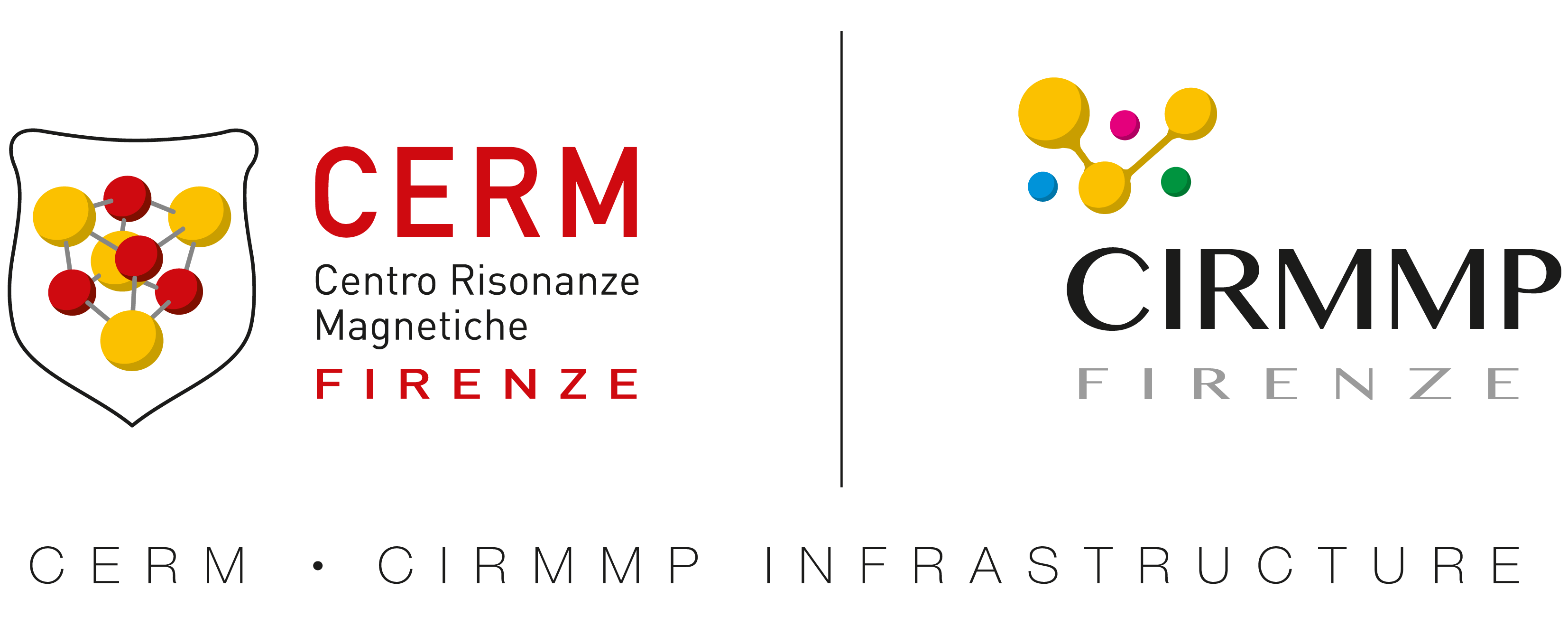The intersection of metals and biology is fascinating and far-reaching. Biological systems harness and exploit unique properties of metal ions for functions ranging from scaffolding to energy production. Fundamental molecular transformations that are central to global energy and chemical cycles and critical to all domains of life take place at biological metal centers. Organisms have evolved mechanisms to traffic metal ions inside of cells, to scavenge metals from the environment, and for protection against environmental metal toxicity, often remodeling the environment itself. The properties of metals have been fundamental to medical advances from imaging to therapeutics.
CERM has a long-term tradition in the field of Metals in Biology providing a unique molecular view of the mechanisms at the basis of metal trafficking, metal homeostasis and maturation of metalloenzymes. Since 2000 indeed, CERM fundamentally contributes to unravel the copper trafficking pathways in human and bacterial cells, structurally characterizing copper proteins and their interactions responsible of copper delivery and insertion into copper enzymes. More recently, CERM focused the attention on the Fe-S protein maturation in humans with the specific aim of providing a molecular picture of protein networks operative in the mitochondrial and cytosolic biogenesis machineries composed by more than 30 proteins.
1. Affinity gradients drive copper to cellular destinations. Banci L, Bertini I, Ciofi-Baffoni S, Kozyreva T, Zovo K, Palumaa P., Nature. 2010 Jun 3;465(7298):645-8
2. Molecular recognition in copper trafficking. Banci L, Bertini I, McGreevy KS, Rosato A.,Nat Prod Rep. 2010 May;27(5):695-710.
3. Protein networks in the maturation of human iron-sulfur proteins. Ciofi-Baffoni S, Nasta V, Banci L., Metallomics. 2018 Jan 24;10(1):49-72.
4. N-terminal domains mediate [2Fe-2S] cluster transfer from glutaredoxin-3 to anamorsin. Banci L, Ciofi-Baffoni S, Gajda K, Muzzioli R, Peruzzini R, Winkelmann J., Nat Chem Biol. 2015 Oct;11(10):772-8.

